While the Nvidia GeForce RTX 5090 may dominate the top spot in the graphics card market with its hefty $1,999+ price tag, not everyone can afford such a premium investment. Fortunately, you don't need to break the bank to enjoy 4K gaming. Both the Nvidia GeForce RTX 5070 Ti and the AMD Radeon RX 9070 XT offer more budget-friendly options while still delivering an impressive 4K gaming experience.
Although current market prices are elevated due to high demand and limited supply following their launch, the RTX 5070 Ti and RX 9070 XT remain top contenders for those seeking a high-end gaming setup without the exorbitant cost.
AMD Radeon RX 9070 XT – Photos
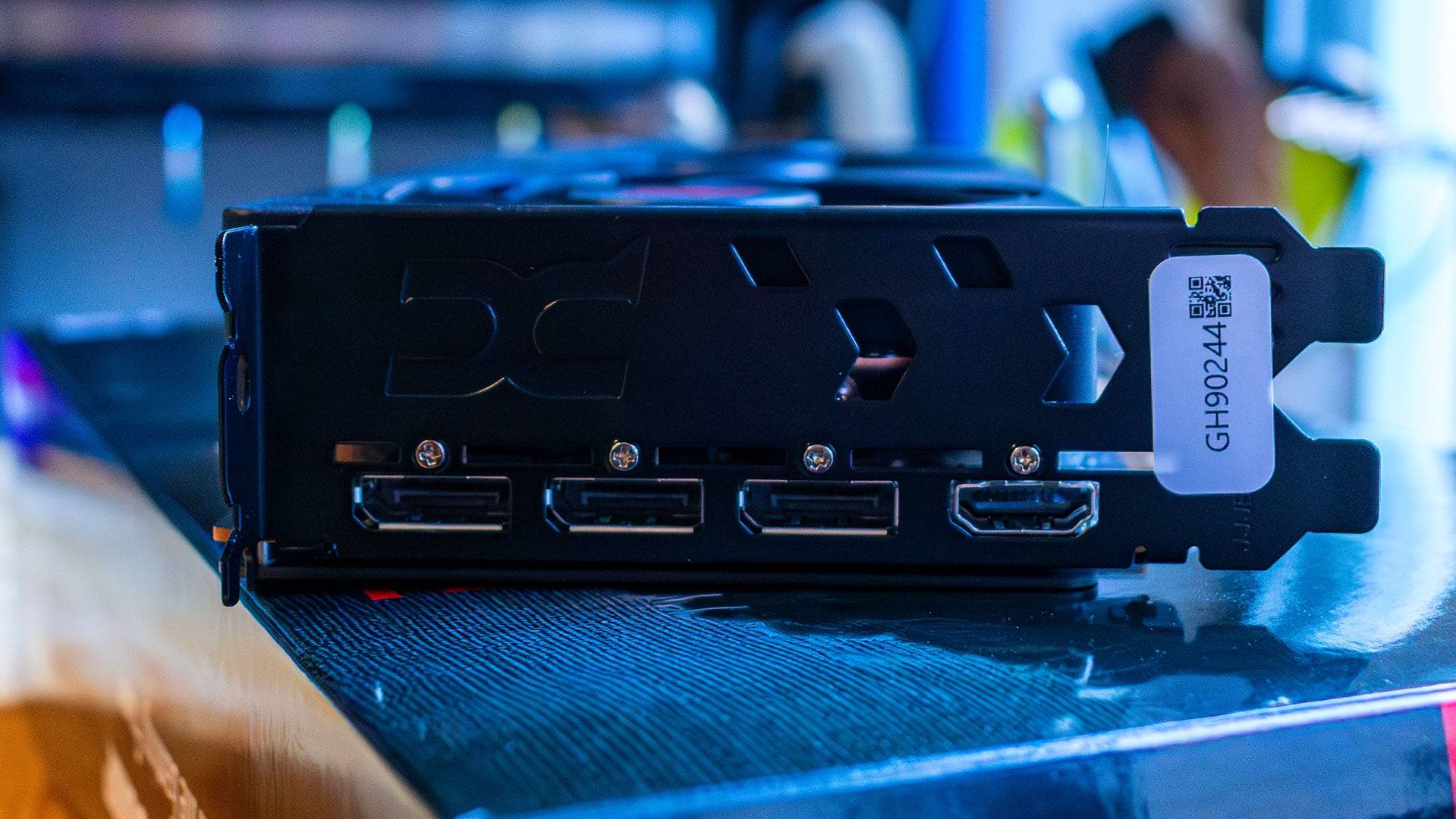
 4 Images
4 Images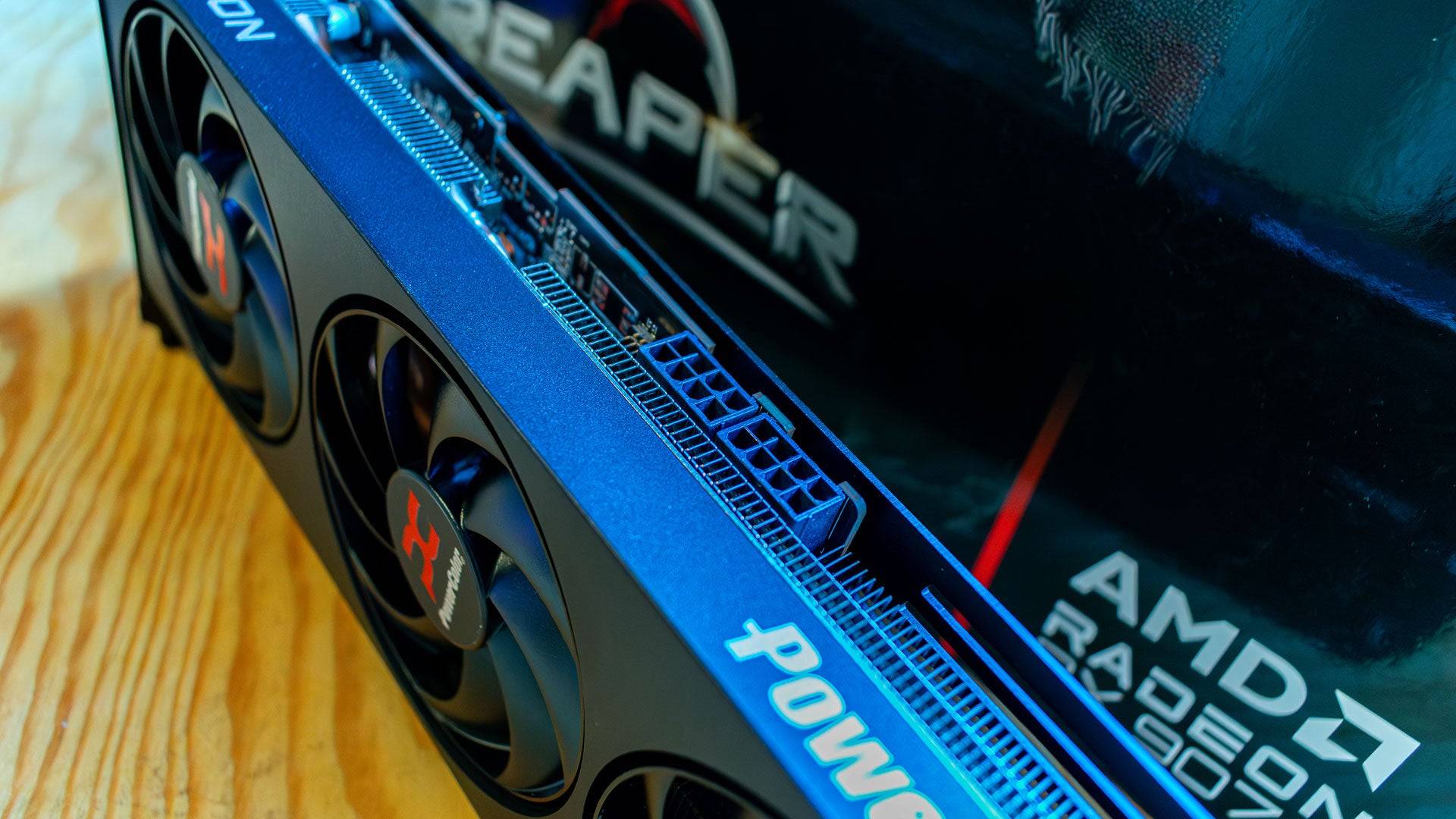

RTX 5070 Ti vs. RX 9070 XT: Specs
Comparing the specs of these two graphics cards is challenging due to their different architectures. Nvidia's CUDA cores and AMD's Shading Units, although similar in function, differ significantly enough to make a direct numerical comparison less meaningful.
The AMD Radeon RX 9070 XT features 64 RDNA 4 compute units, each with 64 shader units, totaling 4,096. It also includes 128 AI Accelerators and 64 RT Accelerators. Coupled with 16GB of GDDR6 memory on a 256-bit bus, it's well-equipped for modern gaming, though it might be pushed to its limits in future 4K titles.
In contrast, the Nvidia GeForce RTX 5070 Ti boasts 16GB of the newer GDDR7 memory, also on a 256-bit bus, offering higher bandwidth. It's equipped with 70 Streaming Multiprocessors, each containing 8,960 CUDA Cores. Nvidia's advantage in core count doesn't necessarily translate to double the performance, but it's a significant factor nonetheless.
Winner: Nvidia GeForce RTX 5070 Ti
AMD Radeon RX 9070 XT & 9070 – Benchmarks
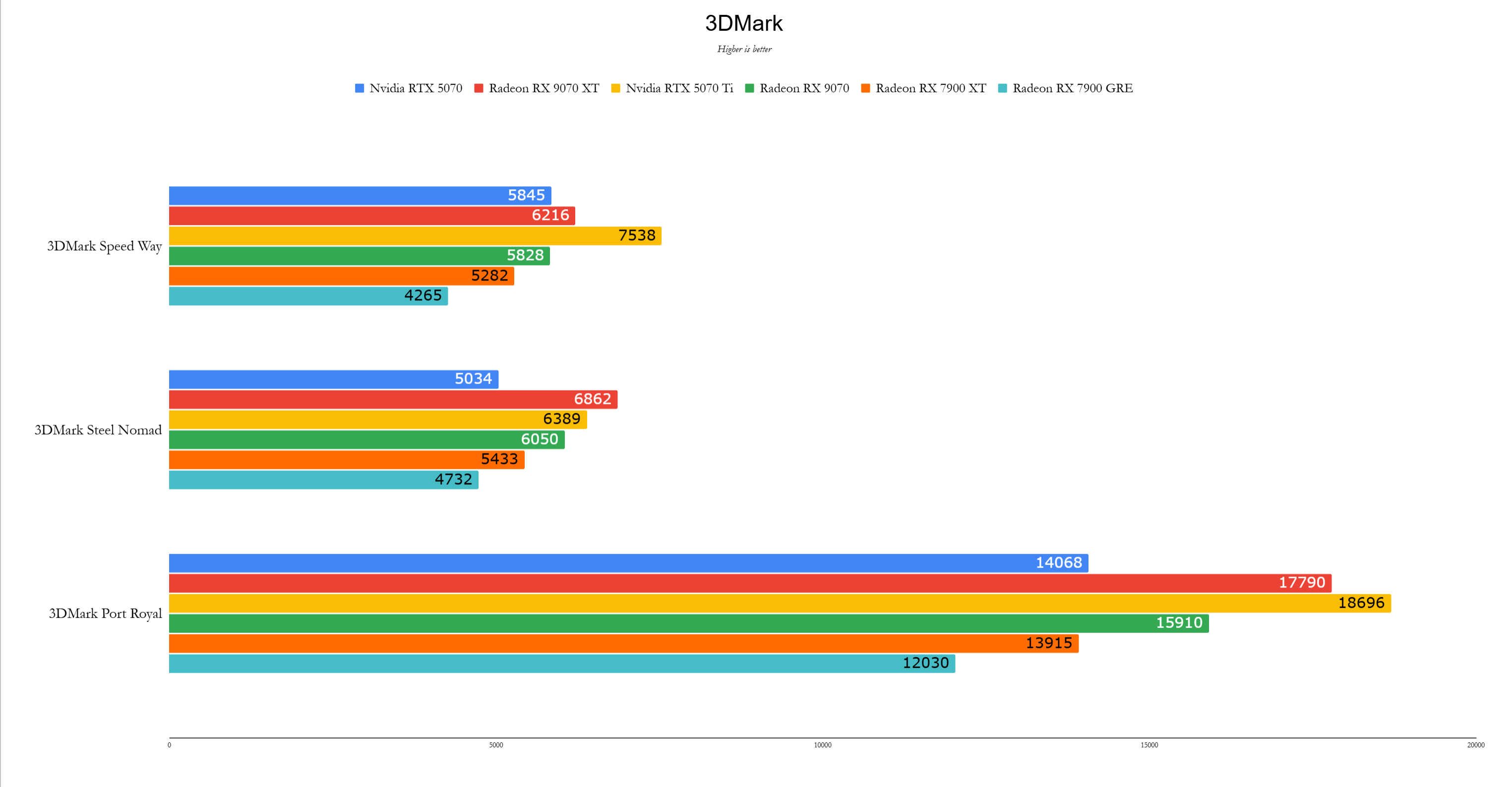
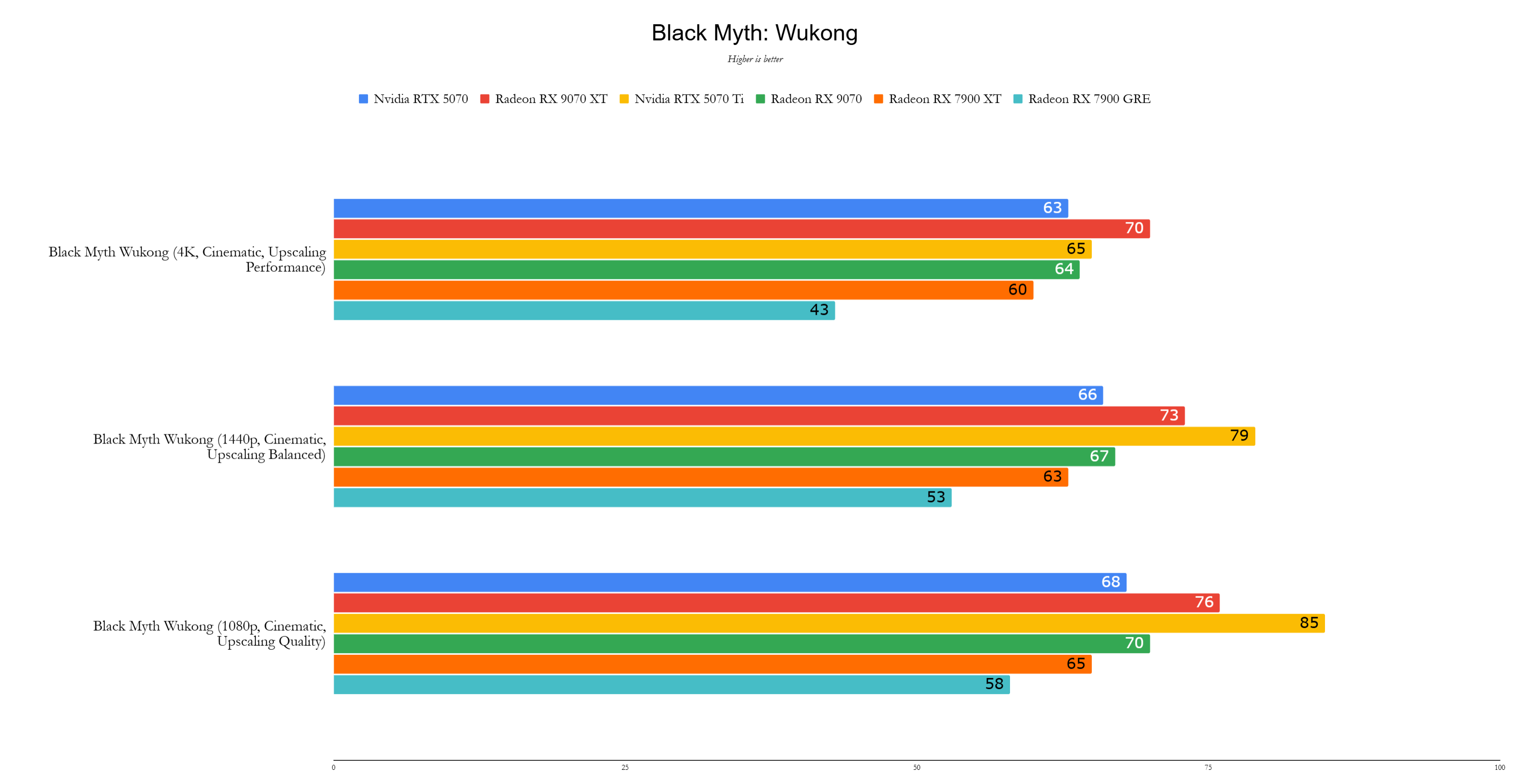 11 Images
11 Images

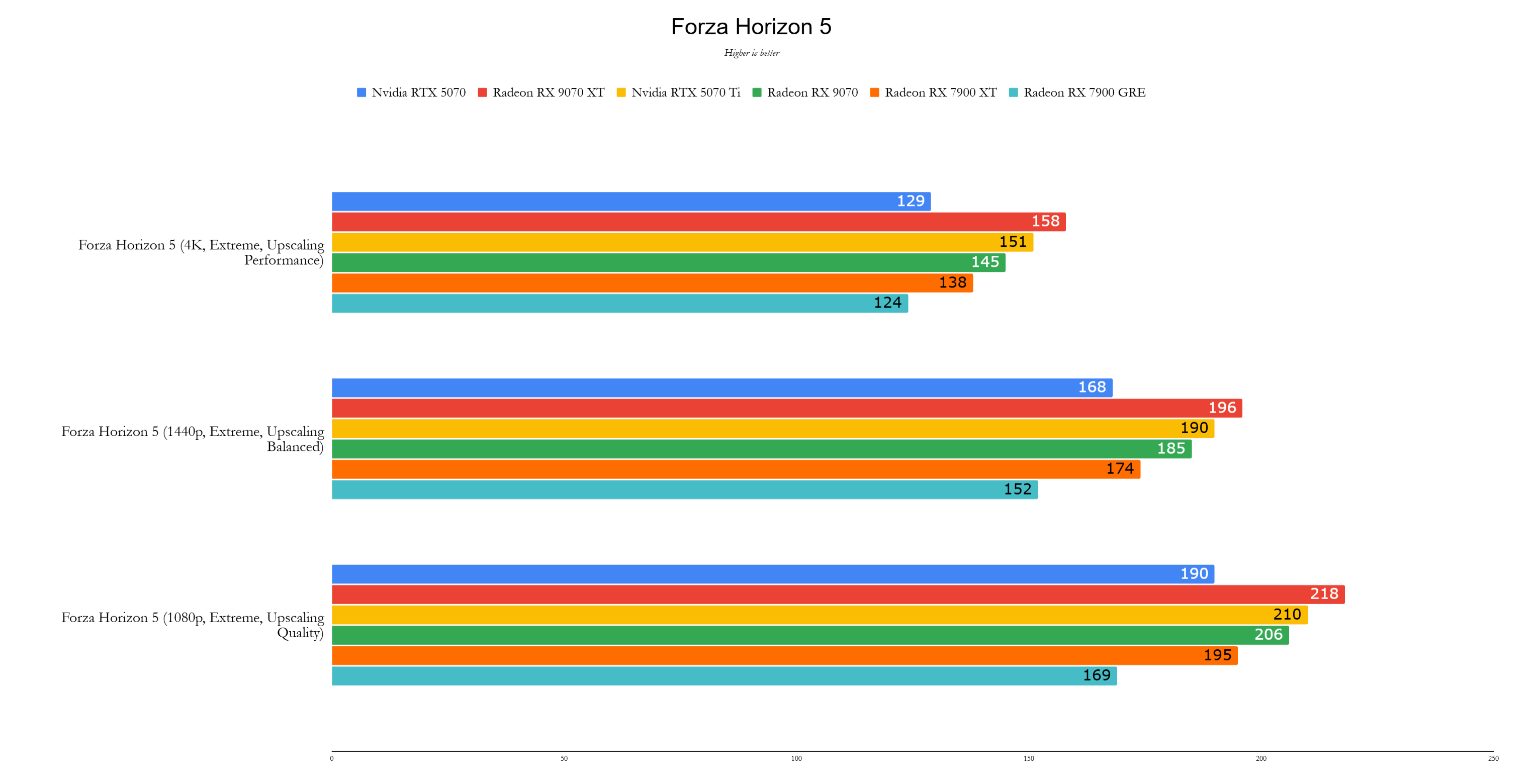

RTX 5070 Ti vs. RX 9070 XT: Performance
Although the RTX 5070 Ti's specs suggest superior performance, real-world results tell a different story. Both cards excel at 4K gaming and are among the best options for 1440p gaming.
During my review of the AMD Radeon RX 9070 XT, I anticipated it would trail the RTX 5070 Ti, especially in ray-traced games. Surprisingly, in titles like Cyberpunk 2077, the AMD card stayed within a few frames of the pricier Nvidia counterpart.
While the RTX 5070 Ti does lead in some games, such as Total War: Warhammer 3 (87fps at 4K vs. 76fps for the RX 9070 XT), the AMD card averaged a 2% faster performance overall. This slight edge is particularly impressive considering its 21% lower price point.
Winner: AMD Radeon RX 9070 XT
Nvidia GeForce RTX 5070 Ti – Photos

 6 Images
6 Images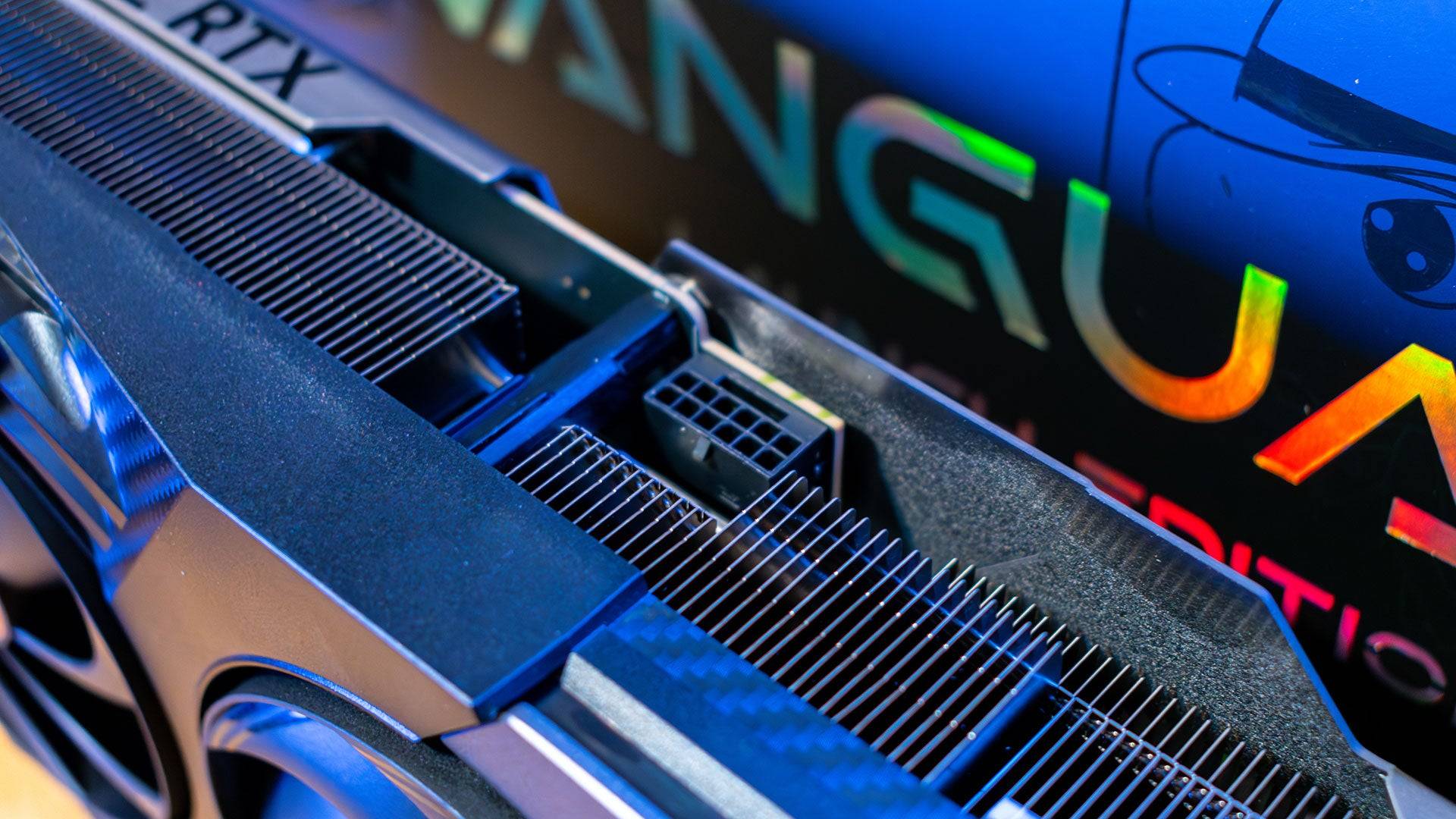



RTX 5070 Ti vs. RX 9070 XT: Software and Features
Choosing a graphics card today involves more than just hardware specs. Both Nvidia and AMD provide comprehensive software features that enhance the card's capabilities.
Nvidia's RTX 5070 Ti shines with its DLSS suite, including AI upscaling and Frame Generation. The latest DLSS 4 introduces multi-frame generation, enabling the creation of three frames for each rendered frame, significantly boosting frame rates at the cost of slight latency, mitigated by Nvidia Reflex. This feature is best utilized when your base frame rate is at least 45fps, ideally over 60fps.
AMD's RX 9070 XT supports Frame Generation, but only generates one interpolated frame per rendered frame. However, the introduction of FSR 4 brings AI upscaling to AMD cards for the first time, using machine learning algorithms for more accurate image upscaling, though it's slightly slower than its predecessor.
It's worth noting that FSR 4 is AMD's first foray into AI upscaling, while Nvidia has refined DLSS over seven years.
Winner: Nvidia GeForce RTX 5070 Ti

RTX 5070 Ti vs. RX 9070 XT: Price
GPU pricing remains a contentious issue, with new generation cards often sold out and priced above MSRP. Both Nvidia and AMD set suggested retail prices, but actual prices can vary wildly due to retailer and third-party manufacturer markups.
At its launch price of $599, the AMD Radeon RX 9070 XT is a standout value, capable of running any game at max settings with FSR 4 AI upscaling. This pricing harks back to when flagship cards were more affordable, before Nvidia's price escalation began with the RTX 2080 Ti.
Conversely, the Nvidia RTX 5070 Ti, while competitive in performance, starts at $749—a $150 premium over the RX 9070 XT. This price difference is substantial, especially for cards that perform similarly. Nvidia's added features, like Multi-Frame Generation, might justify the cost for some, depending on their gaming needs and preferences.
Winner: AMD Radeon RX 9070 XT
The Winner Is… the AMD Radeon RX 9070 XT
Both the AMD Radeon RX 9070 XT and Nvidia GeForce RTX 5070 Ti excel at 1440p gaming and can handle 4K gaming well. However, the RX 9070 XT's ability to match the RTX 5070 Ti's performance at a significantly lower price makes it the clear winner, especially if prices return to normal levels.
For those building a high-end gaming PC targeting 1440p or even venturing into 4K, the AMD Radeon RX 9070 XT is an outstanding choice. While it lacks multi-frame generation, most gamers don't have the high-refresh 4K monitors that would benefit from this feature, making the RX 9070 XT a compelling and cost-effective option.
 Home
Home  Navigation
Navigation






 Latest Articles
Latest Articles










 Latest Games
Latest Games












